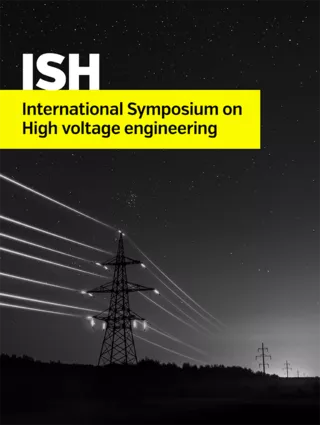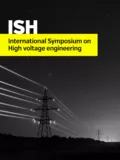Summary
The western coast of both North and South America is dominated by the Pacific stream resulting in mainly landwards winds with high salinity. In addition huge industrial areas and sea ports (Valparaiso, Los Angeles, Panama channel) are located along the shore leading to significant air pollution. Therefore the insulator design has to focus both on extended corrosion of the fittings and high partial discharge activity. The phenomenon of corrosion amplifies significantly in those geographies where the following aspects are additionally present: one, there is few rain that may wash away the pollution and secondly, tropical latitudes result in overall higher ambient temperatures and humidity. These are ideal conditions for the electrochemical reactions accelerating both corrosion processes and partial discharging. An example is the Peruvian coast. ISA and LAPP are jointly developing an insulator design for these regions. This shall be presented in this case study. Zinc-coated steel fittings from standard construction steels like S355J2+N do not exhibit sufficient long-term stability under the given local corrosion conditions. Investigations in the corrosion properties of different ferritic and austenitic steel types enabled ISA to demonstrate that the duplex steel 2205 (1.4462) is a cost efficient alternative to the otherwise required highly alloyed austenitic steels. 2205 is characterized by a chromium content of 22 % resulting in corrosion properties similar to 904L with respect to PREN number. However, due to the duplex microstructure only 5.7 % in nickel content is required to stabilize the microstructure compared to 20 % in the case of 904L. The reduced Ni- content restricts the surcharges of the fittings. The main drawback of duplex steel – the 375 °C embrittlement – does not pose any problems, as the operation temperature is well below the usual operation limit of 200 °C reported in the literature. The standard composite insulator body is overloaded by the described pollution conditions, too. The hydrophobic properties together with Aluminium Trihydrate (ATH) filling of high-temperature vulcanized silicone – in general seen as superior – needs in this case an improvement to ensure the usual design life time of 40 years. Pollution induced partial discharges lead to hot spots resulting in accelerated local degradation of the silicone sheath. The formation of so called “morning stars” (puncture of the silicone sheath) allows water/ steam entering the GFRP rod. Stress corrosion cracking and treeing, respectively, then lead to a rapid mechanical failure of the insulator. For such site conditions Lapp has developed an additional layer featuring microvaristors. Microvaristors are semi-conductive nanocomposites that switches at a materials- controlled threshold from insulating to conductive. This feature enables to restrict electric field to the threshold value thus offering an effective protection for the composite insulator. ISA and LAPP plan to test this promising solution at selected sites in vicinity to the coastline to demonstrate their suitability for the long-term use in the harsh conditions of western parts of South and North America.
Additional informations
| Publication type | ISH Collection |
|---|---|
| Reference | ISH2017_153 |
| Publication year | |
| Publisher | ISH |
| File size | 900 KB |
| Pages number | 6 |
| Price for non member | Free |
| Price for member | Free |
Authors
D.E. Gomez Torres, N. SOTIL-BINDELS, F. Lehretz, J.M. SEIFERT, J.G.M. MONTOYA, J.C. GARCES RESTREPO, S.B. NIZAM




